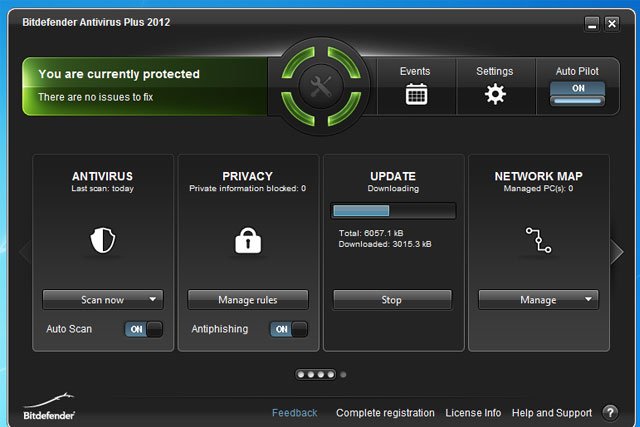



Here's a written report that goes into how that "real world" test works (clicking on the same malicious links from machines running a variety of different products): Yet, a machine running Bitdefender or Kaspersky is only compromised less than 0.6% of the time by the same malware. If you look at real world tests, you'll see that a machine running Avast is compromised about 3.9% of the time when clicking on a url that is malicious. What you want to find is a product that does better than others. So, there is always going to be a window of opportunity for some malware to infect you, between the time it's launched into the wild, and the time it's analyzed by the software companies with updates so that they'll recognize the latest version of the malware. They're going to test each new version (with new versions on a very frequent basis) with multiple AV products, too (to make sure they won't be detected). Malware toolkits let criminals make minor changes to their Malware Exploits easily, so that your security software (Anti-virus/Anti-Malware) is not going to recognize it. No AV product is going to catch everything. Based on advice I received on this forum a year or so ago I started using Bitdefender.įirst it allowed a particularly nasty piece of malware ("ransomware") to infect my system.


 0 kommentar(er)
0 kommentar(er)
